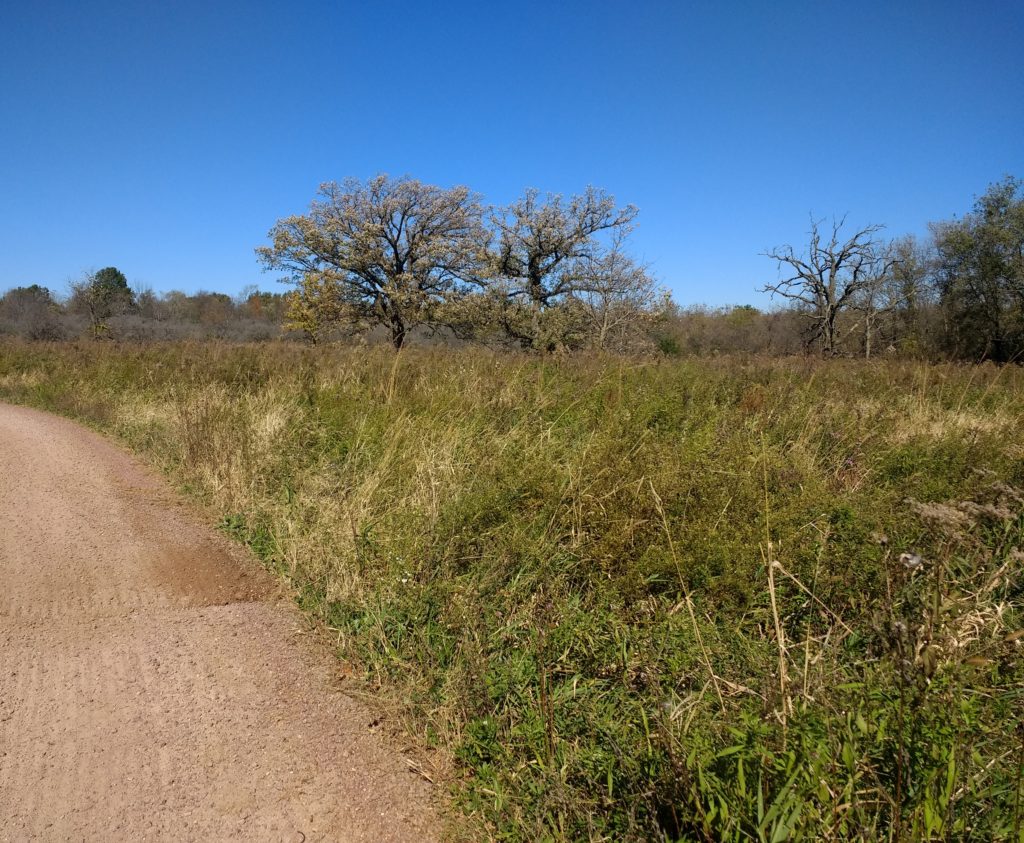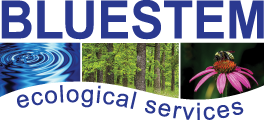 A well maintained natural area better performs its ecological functions.
A well maintained natural area better performs its ecological functions.
By: Sarah Voska (October 2018)
You just bought your brand new, custom built, dream home. It’s beautiful and has the perfect kitchen, with stained cabinets and heavy-duty drawers to store your favorite spaghetti sauce pot. The window above the kitchen sink looks out into a small retention pond where the developer put in wildflowers and grasses that are alight with busy bees and birds. You’ve even seen a mother deer leading her two spotted fawns out of there in the early morning!
Flash forward 5-10 years, and that retention pond reminds you of last summer’s attempted vegetable garden: what you planted is being out-competed by overgrown weeds. The birds that used to frequent the pond have grown quiet, misshapen trees block the view of the water, though it has partially filled in with cattails anyways. The developer told you when you were looking at the lots that the ponds and common areas would be practically maintenance free!
This story has become all too familiar to those of us in the Native Landscaping realm. Just like with your car, your furnace or your turf grass landscape, native areas still require maintenance. During their first three years after planting, they are most susceptible to weed invasion as the plants or seedlings have not fully grown together to cover the soil. Once the plants grow together, the maintenance regime is lessened and less time is needed annually to care for them. This is where the cost savings of natives over turf grass is seen.
Native plants are plant species that have historically been part of the Illinois landscape since pre-development. Native plants provide the most benefit in shoreline buffers and stormwater areas because they are habituated to Illinois climatic conditions and soil types. Their deep roots help secure the shoreline and give the plants a high tolerance for droughts or flooding. Amongst native plants, there are a number of species that grow through rhizomes, meaning that they set out roots horizontally that grow shoots each year. The Sedge family (Latin: Carex) is an example of this. They quickly grow into new areas that fit their soil type and moisture needs.
So often, after the original installation of a retention or detention basin, developers, associations or property managers get distracted by other needs in the community and a lack of capital from association dues. Once weedy invasive species move in and establish themselves, it is costlier to remove them. Ongoing maintenance will be necessary to keep newly introduced seeds from taking over. Most importantly, it protects your original investment in the installation of a native area.
Ecologist & writer, John Muir, once wrote, When we try to pick out anything by itself, we find it hitched to everything else in the universe.” Research has shown that protecting entire native habitats is imperative for the survival of endemic species. Without those species, entire ecosystems are at risk, which can lead to a collapse of important ecosystem services such as natural stormwater management, water filtration, pollination, and biodiversity. These benefits make maintaining natural functioning ecosystems more valuable to the world economy than the economic cost of restoration and maintenance.
Regular stewardship can protect your investment in native landscaping. To learn more about building, restoring, and maintaining natural habitats, visit us at BluestemEco.com
Bluestem Ecological Services is a sustainable company that builds, restores and maintains native ecosystems. Our goal is to bring elements of the original Midwest landscape back to its natural state. We develop partnerships based on a balance of people, the environment, and most of all economic value.
